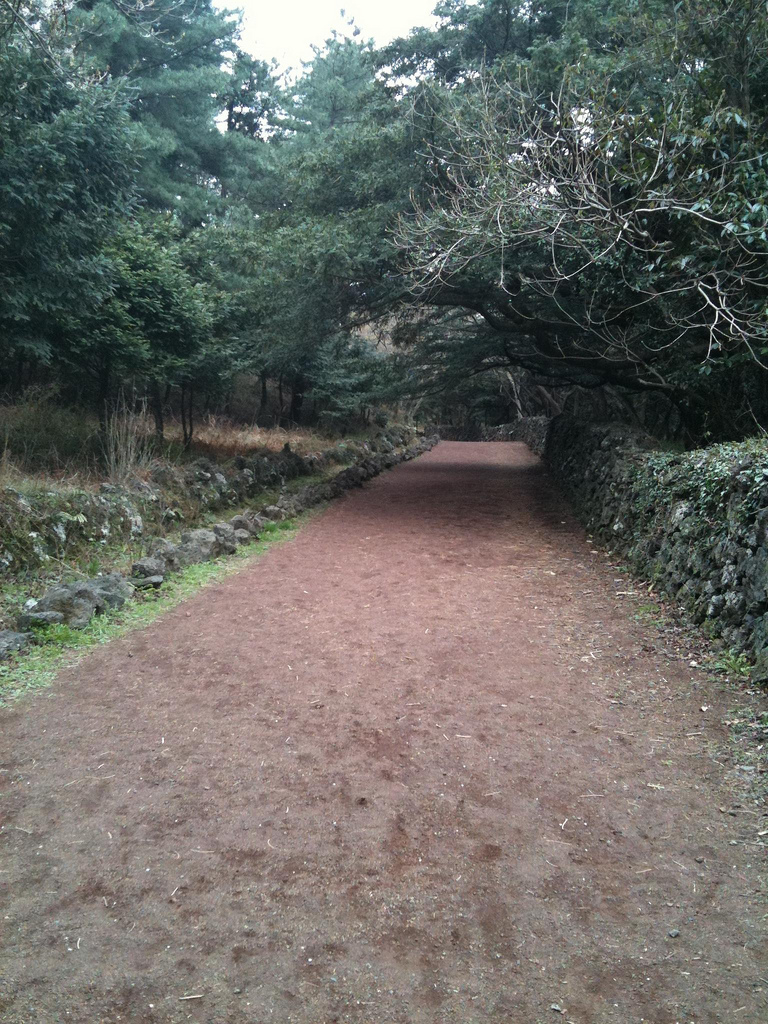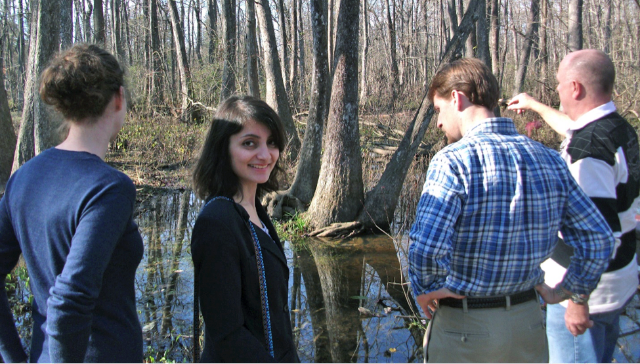While most people have heard of Boracay as the beach destination for Philippines, it tends to get very touristy and crowded. It also often requires a layover through Manilla, that many simply want to avoid. In that case, another option for a Philippine vacation is to do a trip to Cebu and Bohol.
Cebu is one of many island of Philippines and I mean many! There are in fact more than 7.000 islands in total. The best thing is that you can avoid going in the summer and can instead leave in your colder February months to enjoy the warm Philippines, where it is likely still going to be 30°C (86°F). There is rain during this time, but it isn't non-stop and usually losts for a few minutes of the day. In general though, May to October, it’s usually wet. From November to April you can expect dry months, although it can also rain sometimes. February is the month with the least amount of rain.
One of the reasons why I would suggest Cebu over Boracay is that you can get to have a range of experiences, from city life in Cebu, to whale shark watching in Oslob, diving in Moalboal and then spending the remainder of your holiday on Bohol, which is a paradise.
CEBU MAINLAND
The main island Cebu isn't too big - a length of 220 km (137 mi) and a width of 40 km (25 mi) but due to traffic and road conditions, it does take a while to get around. Still, its easy to navigate.
Day one, you are likely to land in Cebu city, which like most Asian cities, is crowded, dusty, old and loud. It also has nice parts with restaurants and malls, but in general, its dirty and grungy. However, we ended up staying a night there.
While in Cebu City we stayed at a hotel called Hotel Elizabeth, which is located in a safe and nice area, right next to Ayala mall, which is the largest mall in Cebu. If you didn't know, affluent areas are those around malls. The good thing about staying here is that you can take a bus or taxi easily from here to other parts of the city. You can also use an app called Grab, which works like Uber but is usually cheaper.
While we were in Cebu, we saw the old city and some important historic sites which are all close by. The Fort San Pedro, the Basilica del Santo Niño, and Magellan's Cross, are all in the same vicinity in an area called Plaza Independencia near the pier.
The Fort San Pedro is a military defense structure that was built by the Spanish under the command of Miguel López de Legazpi, first governor of the Captaincy General of the Philippines.
The Basilica is the oldest Roman Catholic church in the country, and was built on the spot where the image of the Santo Niño de Cebú was found during the expedition of Miguel López de Legazpi. The icon, a statuette of the Child Jesus, is the same one presented by Ferdinand Magellan to the chief consort of Rajah Humabon upon the royal couple's christening on April 14, 1521. When Pope Paul VI made the church a basilica in 1965, he declared it to be "the symbol of the birth and growth of Christianity in the Philippines."Magellan's Cross is housed right next to the Basilica and is a Christian cross planted by explorers of the Spanish expedition of the first circumnavigation of the world, leaded by Ferdinand Magellan, upon arriving in Cebu in the Philippines on April 21, 1521. Some people, however, believe that the original cross has been destroyed or disappeared after Magellan's death and the cross is a replica that was planted there by the Spaniards . Who really knows?
There is also a museum close by known as the Casa Gorordo Museum that you can check out. Remember, all these areas are walking distance, so if you do enjoy history, you might as well explore this area.
 The following day, we took a bus from Ayala mall to Moalboal where we stayed at this charming place called Savedra Dive Center. Moalboal is a lovely place and probably my favorite stay throughout this time. We enjoyed delicious sea food and then checked out the White beach, there. To get around, we had to get a scooter which was a lot of fun. The next day, we left for Kawasan falls in Badian. It’s a waterfall west of Cebu with divine turquoise water. You can swim, eat, and just sit there and watch the water falling. Especially when you’re early you might have a chance to be there all by yourself! You can also choose to do a canyoneering tour, but as I am not a swimmer, I didn't do this. You do have to be particularly careful.
The following day, we took a bus from Ayala mall to Moalboal where we stayed at this charming place called Savedra Dive Center. Moalboal is a lovely place and probably my favorite stay throughout this time. We enjoyed delicious sea food and then checked out the White beach, there. To get around, we had to get a scooter which was a lot of fun. The next day, we left for Kawasan falls in Badian. It’s a waterfall west of Cebu with divine turquoise water. You can swim, eat, and just sit there and watch the water falling. Especially when you’re early you might have a chance to be there all by yourself! You can also choose to do a canyoneering tour, but as I am not a swimmer, I didn't do this. You do have to be particularly careful.
After Kawasan, our next stop was Oslob to see the whale sharks. You only have the chance to see the whale sharks between six and eleven in the morning. So you have to get up particularly early to get to Oslob and see these. It does get VERY crowded and it is DEFINITELY a very touristy experience. This was of course all pre-COVID so I don't know how people will tolerate such crowds now.
The bus driver will know where to bring you and it is all pretty well organized. The driver dropped us off at a spot where we bought the tickets for the whale shark watching tours. We could book the tour right there – so no booking in advance was needed. The place in Oslob is very touristic and the whale sharks are fed all morning long to please the tourists. It brings the animals out of their usual environment which might be a problem for some. I’m sorry and I feel a bit of pity about those tourist attractions with animals. But we had the chance to do it and we took it since we always wanted to swim with them. And it was very impressive. Did you know that whale sharks can get a length of 13 m (42 ft)? They were so huge and it was definitely an experience that was worth it.
After Oslob, we headed back to Cebu, so that we could head the following day to our next destination, Bohol. We did end up having to stay an extra day in Cebu due to turbulent waters but were able to get to Bohol safe and sound.
BOHOL
Bohol was lovely, although my husband fell sick which didn't make it as fun. Hotels are a bit pricey but we were able to stay at Wonderlagoon Resort, which was so so. However, the location was great and it was definitely lively and beachy, and very VERY clean.
There were a number of sights to check out so instead of navigating those myself, I booked a 35$ or so tour for myself that showed me a number of things. I was able to go around and see the Chocolate Hills, which are mounds of brown-coloured limestone formations, are the most popular attraction.
The formations can be seen by land (climbing the highest point) or by air via ultralight air tours. I also saw the Philippine tarsier, amongst the world's smallest primates, is indigenous to the island. The tour took us through some historic sites as well as a visit to an animal sanctuary where we saw all kinds of creepy crawlies.
After three days in Bohol, we were back in Cebu ready to fly back! Definitely a relaxing and fairly cheap vacation.






































